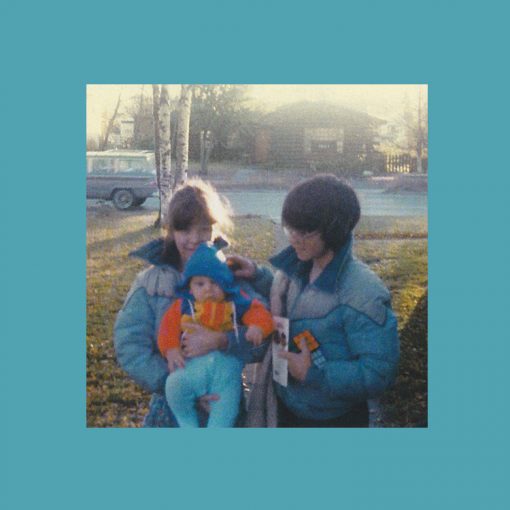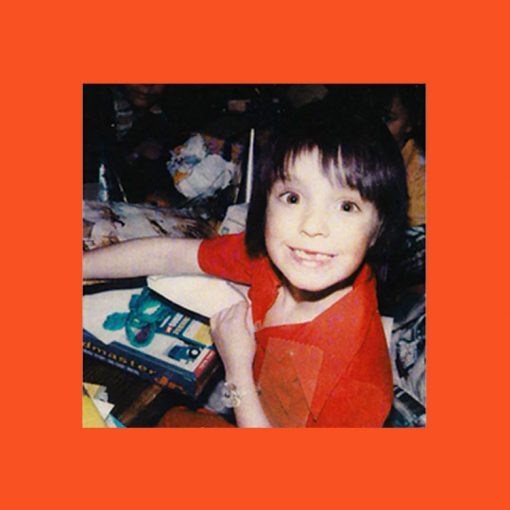The room I vacated the previous April was no longer available to me and the rest of the barracks had filled up to the point that all E-5 and above were being asked to find civilian housing off base to make room for junior sailors. With the financial incentives making such a move possible, Pete and I gladly found an apartment near Balboa Park not far from downtown. It was an easy commute to the submarine base at Point Loma and came wicked cheap because it sat directly under the flight path of every plane landing at San Diego International Airport. Two bedrooms for $1,200 per month was unheard of even in 1997, so we snatched it up with a two-year lease as soon as we got the nod from the rental company. We moved in with zero furniture beyond the beds each of us bought to decorate our respective rooms.
A few days later, one of Pete’s friends offered us anything we wanted out of his dead aunt’s storage locker. She was in her 80s and had recently passed away with him as the only relative and heir. We loaded up on a flower-printed sofa, oak dining room set plus all the dishes and utensils we could ever want or need given our decided lack of culinary skills. Our cozy little neighborhood was completed when none other than JO2 Kent Dupree moved into the small apartment building across the street from our pad with his lovely bride-to-be Dakota with a cast of characters in the other units, each more entertaining than the last.
For the next year or so, I was half of the go-to team for coverage of most Navy or Marine Corps events worth covering on the west coast, including Super Bowl XXX and the search for USS Yorktown with Bob Ballard off Midway Island. The Super Bowl was actually the site of Cesar getting robbed of five thousand dollars’ worth of Navy digital camera gear, some of the first of its kind, while in a press tent with supposed colleagues and at least one thief. That he had to pay to replace all of the gear out of his own pocket as well as face disciplinary action was just icing on a tasteless cake that should have been the highlight of his time in uniform, even if his Green Bay Packers couldn’t quite vanquish my Denver Broncos.
Our adventure with National Geographic and Dr. Bob Ballard (the guy who found and filmed both the Titanic and the Bismarck as well as the ships sunk during the Battle of Guadalcanal) wasn’t nearly as traumatic, though Ballard’s “implosion proof” plastic spheres encasing the lighting gear turned out to be anything but and blew up in the Advanced Tethered Vehicle’s face when it got three miles deep, a huge shit storm of an emergency for the submariners and divers assigned to the mission.
Midway Island was the “midway” point between Japan and Hawaii. It was the spot of World War II’s most pivotal battle in the Pacific when four Japanese carriers and their supporting vessels steamed toward American waters to stage an advance attack on the west coast, first by way of Midway Island and then Hawaii and then California. Standing between the Imperial fleet and Los Angeles was a much smaller American fleet, including the aircraft carrier USS Yorktown, forward stationed at Midway to prevent just this scenario.
The tiny atoll is isolated in both time and space compared to many places I have visited with the possible exception of Guantanamo Bay. Modern amenities hide behind a façade of 1930s architecture originally built to entertain rich Americans island-hopping to Asia from San Francisco on Pan American Airlines’ Martin M-130, dubbed flying boats. The island became a stopping point to refuel both human and machine. Later, the base was expanded to handle World War II military operations and the constant rotation of troops, airplanes and other gear heading east before officially closing in 1993. The only people that went there were planes in need of an emergency landing at Henderson Field or scientists studying Midway’s wildlife and the support staff who catered to their needs such as housing and food and entertainment.
Cesar was waiting when my plane arrived from Honolulu with a group of ocean scientists from the University of Hawaii and their side-looking sonar system since the initial surveys of Yorktown’s proposed location were inconclusive. He had been onboard Laney Chouest since I snapped a couple shots from the pier as the boat left San Diego a couple months earlier to start the mission. He welcomed me to the party and joined me for the unexpected pleasure of an extended liberty with everyone else not directly involved with piecing ATV back together with bailing wire and bubblegum and parts flown from Hawaii with the new gear and scientists.
White sand beaches and crystalline water protected by a reef were the defining characteristics of a well-appointed club near the hotel where most of us stayed and any number of people could be found lounging and eating while we waited for the mission to resume. Cesar and I also spent the downtime shooting pictures and writing stories about the people on base who worked with the Albatross and Monk Seals, both endangered species who used the island to noisily propagate their respective species.
Maybe a week later, the ATV was judged fit for duty and we pulled out to sea with a newfound energy that had been missing since the first series of scans came back empty. Two days after that, we dropped anchor in a featureless spot in the Pacific not much different from ever other spot we had seen. Three miles below us, maps and written accounts hinted at the location of a half dozen ships sunk during the Battle of Midway, both Japanese and American. The next five days or so we crawled back and forth at five knots, dragging the University of Hawaii’s side-looking sonar system to find the haystack in an ocean full of haystacks where our needle might be located.
The Deep Submergence Unit’s mission was to find the final resting place of Yorktown, its support fleet and any Japanese carriers or destroyers we happened upon to allow American and Japanese veterans from the battle to lay remembrance plaques and other mementos at the site of the sunken vessels from that long ago conflict. It was beyond touching to see former enemies embrace each other as old men, too many horrible memories to ever really sleep soundly at night. Memories only those who have lived through war can truly share. Memories I am eternally grateful to have avoided by serving during a period of relative calm compared to the decades before and immediately after my time in uniform.
I have to hand it to Bob Ballard. As much as his ego caused my shipmates a myriad of problems, he looked at miles and miles of seabed that appeared indistinguishable from the miles and miles he looked at the day before as side-looking sonar scans hit the large navigation table near Laney Chouest’s bridge, and he somehow saw a bump that led to a ridge that bordered Yorktown’s debris field. The Advanced Tethered Vehicle flew across a seabed as desolate and empty a lunar landscape and dropped beyond the ridge to find the carrier resting since it sank on the morning of June 7, 1942. We spent the next few days parked over the site, shooting video and still images of the amazingly intact wreck for the both the official record as well as the National Geographic special being filmed simultaneously by a ubiquitous film crew who actually shot on film. I still haven’t seen “The Battle for Midway” but suspect I played a cameo on least a frame or two.
Cesar and I became roommates not long after our return from Midway when Pete met (and moved in with) his future wife Ariel at the after party following the reception for Kent and Dakota Dupree’s wedding in Balboa Park. Cesar’s ten-plus year marriage had ended in divorce just as I needed someone to take over Pete’s part of the rent, so it worked out. When I left San Diego for Washington DC a few years later, Cesar would inherit the apartment and all its contents. I followed my friend to Combat Camera Group Pacific when I started shopping for orders at the end of my tour since I had no intention of moving to sea duty given my time aboard USS Constellation. To avoid serving aboard a ship for my last few years in the Navy, all I had to do was extend my enlistment by a year and take orders to CCG.
Done and done.





